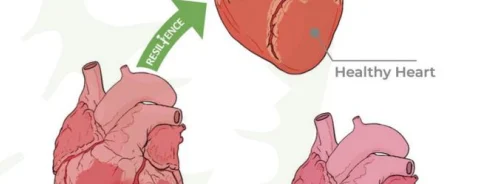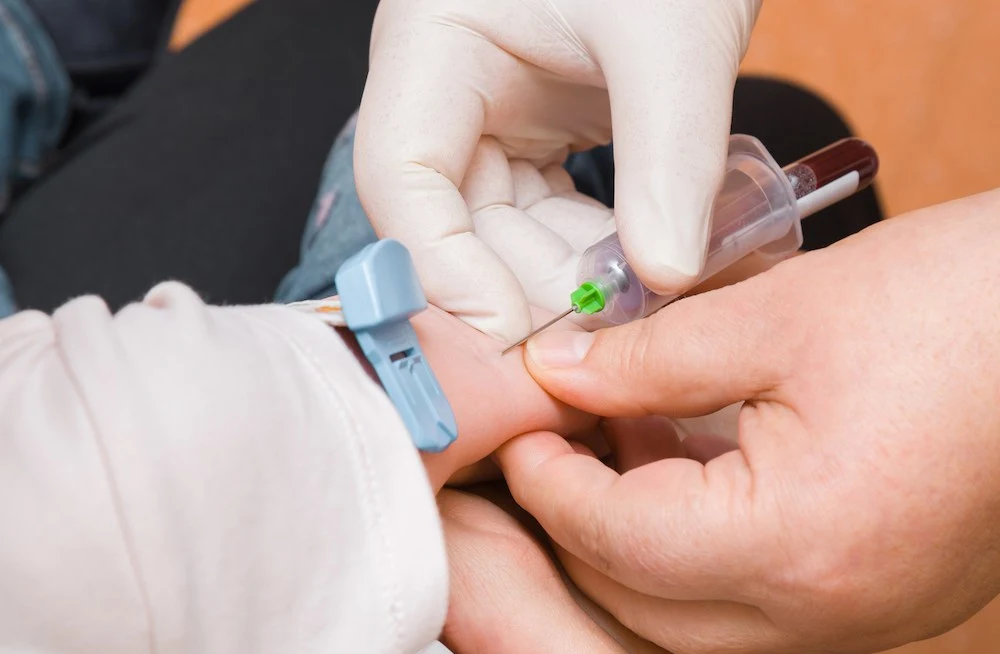Researchers from the University of Copenhagen have identified lipid biomarkers in children and teens with obesity that indicate an increased risk of developing type 2 diabetes, heart disease, and liver conditions later in life. A one-year lifestyle intervention was found to reduce these lipid biomarkers, underscoring the importance of early intervention for young individuals with obesity. The study, published in Nature Medicine, highlights the growing global public health issue of childhood obesity, with over 250 million children and adolescents projected to be affected by 2030.
Children with obesity face increased risks of insulin resistance, fatty liver, and high blood pressure, all of which can lead to serious diseases such as cardiovascular disease and type 2 diabetes in adulthood. Scientists believe these conditions may be triggered by changes in the body’s lipids—fats such as triglycerides and cholesterol that play key roles in energy storage and cellular communication. However, how these lipid species change in children with obesity and their connection to early cardiometabolic complications remains poorly understood.
In this new study, scientists from the University of Copenhagen discovered that lipid species associated with cardiometabolic diseases in adults are also strongly linked to cardiometabolic risk factors in children and teenagers with obesity. This discovery could pave the way for early tests that serve as a warning system for cardiometabolic diseases in youth.
The research shows that the effects of cardiometabolic-related lipid species appear early in life for children with obesity, particularly impacting liver function and glucose metabolism. These risk-related lipid species could potentially be used as biomarkers for diagnosing or predicting cardiometabolic risks in high-risk children, offering new avenues for early detection and intervention.
The research team utilised the HOLBAEK Study biobank, which contains data from more than 4,000 children with and without obesity, collected at the Children’s Obesity Clinic at Holbaek Hospital. Collaborating with scientists from the Steno Diabetes Center Copenhagen, they used advanced mass spectrometry technology to map hundreds of lipid species with unique structures and functions. By comparing the lipid profiles of 958 children who were overweight or obese and 373 children of normal weight, they gained insights into how altered lipid profiles in children with obesity are linked to cardiometabolic risks, including liver fat accumulation.
To assess how the lipid profiles of these children would respond to lifestyle changes, 186 participants underwent a one-year obesity management programme at the Children’s Obesity Clinic. The programme, which follows the Holbaek Obesity Treatment method, includes a range of lifestyle recommendations. After the intervention, 83% of participants had reduced their weight, and the researchers found that harmful lipid levels had also decreased. These changes help explain how weight loss is connected to improvements in cardiometabolic health.
This study highlights the need to address childhood obesity, as it significantly raises the risk of developing diseases that diminish the quality of life. Early intervention can reverse these risks, giving children and teens the chance to lead long, disease-free lives as adults.
Source: University of Copenhagen
Image Credit: iStock






